


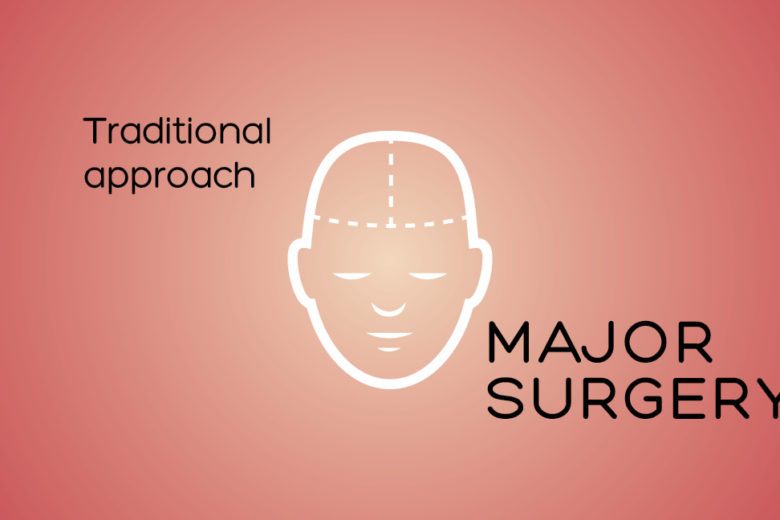

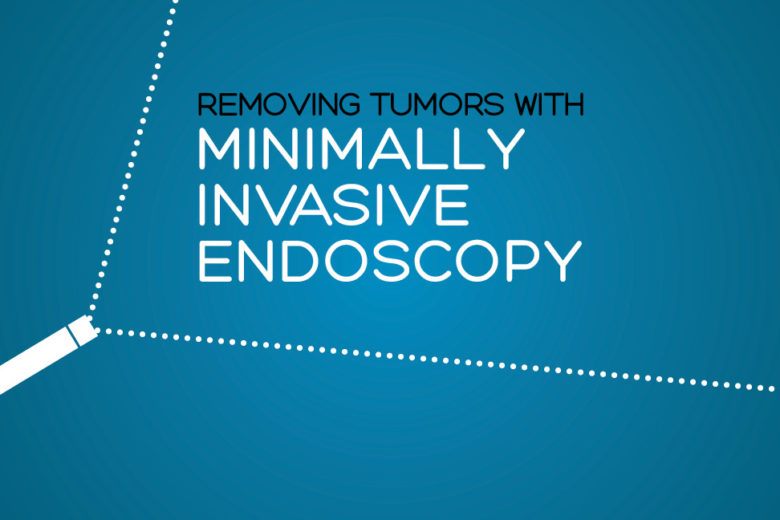


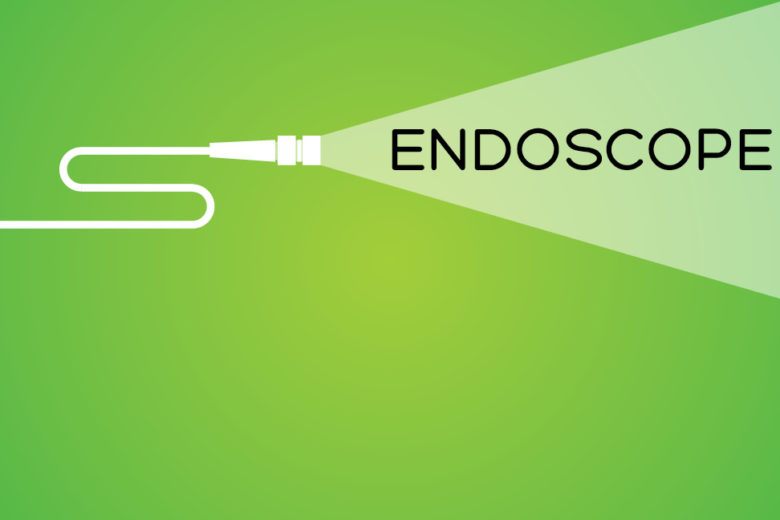
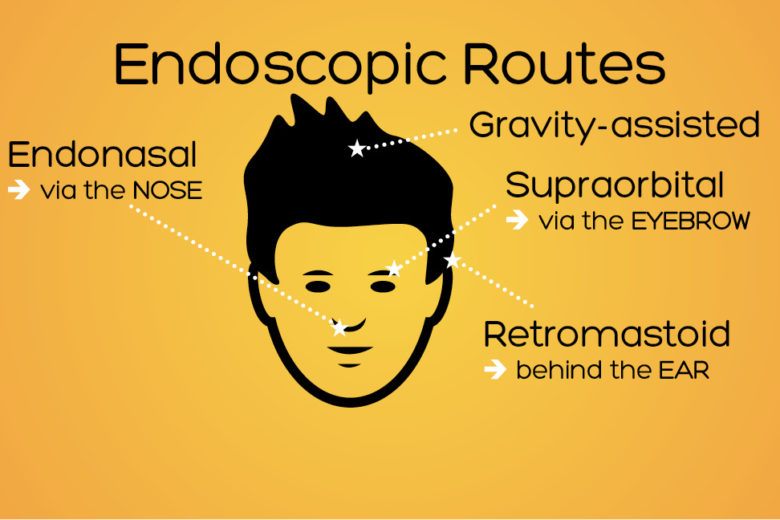
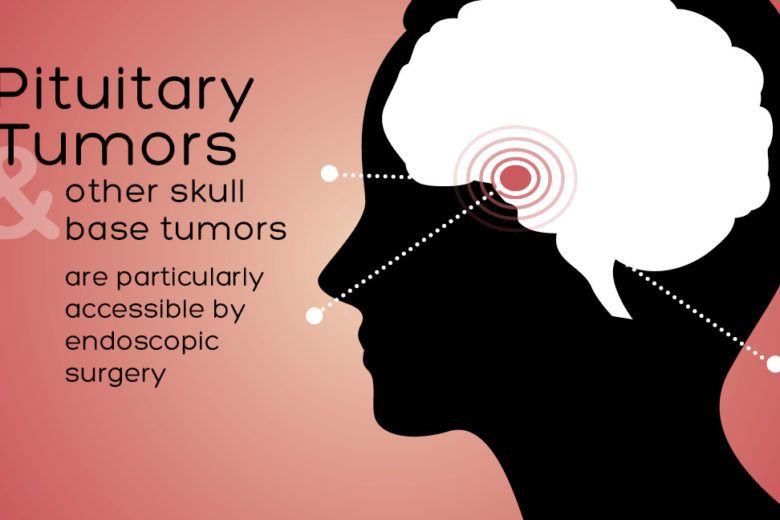
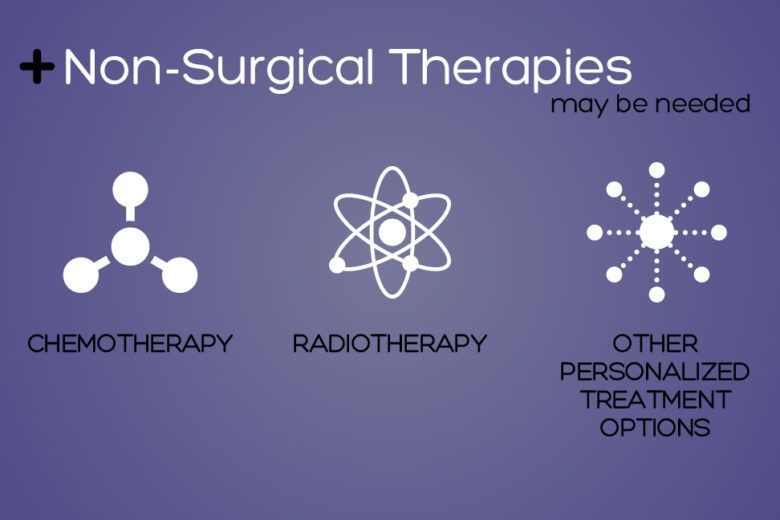
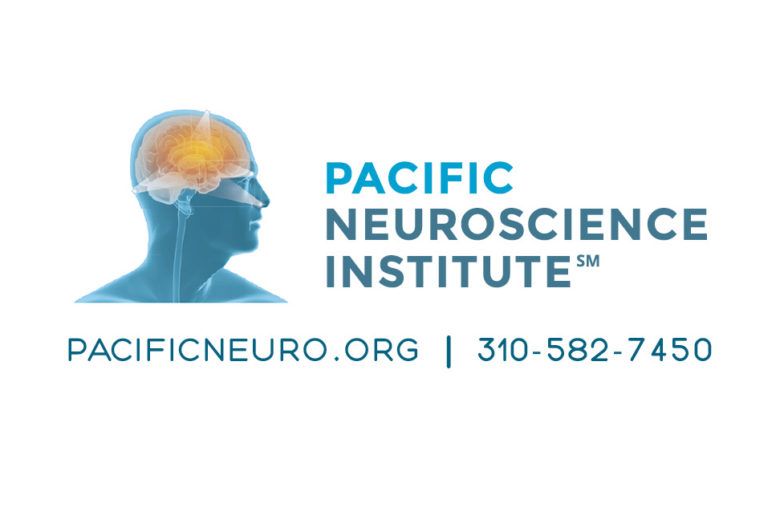
Keyhole Surgery: Endoscopic Approach for Pituitary and Brain Tumor Removal
by Zara Jethani
What is Keyhole Surgery?
In the past, traditional approaches to brain tumor removal always involved major surgery. In a recent paper published in Journal of Neuro-Ophthamology, Dr. Daniel Kelly and his colleagues detail how significant advances in surgical techniques over the past 20 years have changed the way brain surgery is performed.
Now, removing tumors through smaller, more precise openings to minimize brain, scalp and muscle manipulation is possible for many types of brain tumors.
Called minimally invasive endoscopy, this keyhole surgical technique is an important advance often resulting in more successful patient outcomes and faster recovery.
Neurosurgeons are able to make a small opening in the skull, see the brain using thin tubes fitted with a miniature camera (endoscope) and reach the tumor using finer instruments. Often this is done via the nose, called endonasal endoscopy, but in some cases other minimally invasive brain surgery approaches may be more appropriate, such as the eyebrow approach (supraorbital craniotomy), from behind the ear (retromastoid crainiotomy) or other keyhole craniotomy approaches such as gravity-assisted surgeries.
In particular, patients with pituitary tumors or tumors in the surrounding area which sometimes cause problems with vision and eye movement, benefit from these newer ways of tumor removal. Depending on the prognosis, surgery may be used along with nonsurgical therapies including various forms of chemotherapy, radiotherapy, and other personalized treatment options.
Minimally invasive approaches continue to evolve over time. To find out more in-depth information about keyhole surgery, visit our video library and view the videos in the Endonasal & Keyhole Surgery section . Other videos are also available on our youtube channel.
You may download the slideshow here.
About the Author

Zara Jethani
Zara is the marketing director at Pacific Neuroscience Institute. Her background is in molecular genetics research and healthcare marketing. In addition, she is a graphic designer with more than 20 years experience in the healthcare, education and entertainment industries.
Last updated: November 13th, 2019